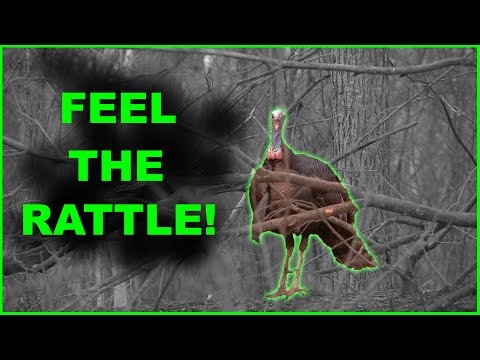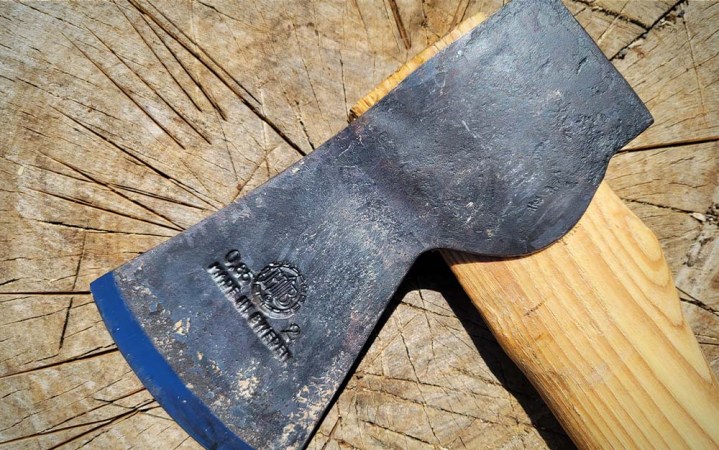BLM Moves to Block the Proposed Ambler Road in Alaska’s Brooks Range
On Friday the Bureau of Land Management released the final Supplemental Environmental Impact Statement for the proposed Ambler Industrial Road that would have stretched 211 miles through the Brooks Range of Alaska to access a copper deposit worth an estimated $7.5 billion. The BLM’s decision of “No Action” indicates the agency’s intent to deny the permit for the Ambler Road, according to the Theodore Roosevelt Conservation Partnership.
The latest development has been met with relief by much of the conservation community. More than 40 conservation organizations, outdoor brands, and Alaska-based businesses formed the Hunters & Anglers for the Brooks Range coalition last year, which has been lobbying against the Ambler Road.
“This milestone is the result of broad opposition to this project, led by local residents and Alaska Native Tribes, and supported by thousands of conservation-minded hunters and anglers from across the country,” says TRCP’s Alaska senior program manager Jen Leahy. “Those sportsmen and sportswomen have helped turn the tide of public opinion against the Ambler Road, and we appreciate the BLM recognizing this in their preferred alternative.”
In addition to the do-nothing approach that the BLM ultimately selected, the agency considered the environmental impact of three possible routes for the Ambler Road:
- Alternative A, the 211-mile road beginning at Mile 161 of the Dalton Highway and extending west, ending at the Ambler River
- Alternative B, which would have started and ended at the same locations but via a shorter route through Gates of the Arctic National Park and Preserve
- Alternative C, the longest route that would’ve begun at Mile 59.5 of the Dalton Highway and extended 332 miles northwest, also ending at the Ambler River
State director of Alaska BLM Steven Cohn wrote in the SEIS that “…any of the action alternatives would significantly impact resources, including important subsistence resources and uses, in ways that cannot be adequately mitigated.”
The 211-mile version of the road that received the most public attention would have crossed 11 major rivers and required more than 2,900 culverts, as TRCP notes, “degrading habitat and potentially impeding fish passage for species such as Arctic grayling and sheefish.” The road in any of its versions would’ve been constructed as a two-lane (32-foot wide) all-season gravel road, with bridges, culverts, stations every 50 to 75 miles, vehicle turnouts, material sites, water source access roads, and airstrips.
“Brooks Range rivers are beautiful, wild, and there are few other places like them in the world,” fly fishing guide Greg Halbach told TRCP. Halbach offers guided wilderness floats on the Kobuk River, one of the few places fishermen can target sheefish in North America. “A single road can fragment habitat, disrupt wildlife migrations, and introduce chemical pollutants on a scale much wider than the narrow strip of gravel that we see. A float down the Kobuk River that included passing under bridges and listening to the hammering of engine brakes from tractor-trailers would be a radically different recreational experience.”
Friday’s official release of the SEIS follows a leak that led the New York Times and Politico to break news of the decision earlier this week. In response the Alaska Industrial Development and Export Authority said Tuesday that the move to block the Ambler Road would “violate several federal laws and promises made at statehood to allow development of state lands.” AIDEA, which proposed the Ambler Road and finances economic development projects in the state, estimates the project would have created 14,000 jobs and $1.3 billion in tax and royalty revenue.
“Allakaket wants a future of jobs and economic opportunities for our people; a legacy and future for our kids,” first chief of Allakaket PJ Simon said in the AIDEA press release. “We deserve the same opportunities as the billion-dollar donors and conservation groups trying to lock us into a state of poverty with the highest food and energy prices in the nation. Without access to running water or sewer, how are we supposed to be healthy people? Projects like the Ambler Road help us to develop skills and secure jobs that empower our people, much like [the] Trans-Alaska Pipeline did… ”
Read Next: Welcome to the New, Uncertain Era of DIY Sheep Hunting
While many Alaskans originally worried about constructing the Dalton Highway in the 1970s to build the Trans-Alaska pipeline and service oil fields on the North Slope, hunters and anglers have since embraced the access it eventually provided to state and federal lands. (The Haul Road was opened for public use in 1994.) Residents also welcomed the economic benefits of both the road and the pipeline. In contrast, the AIR would’ve neither been designed for nor open to the public despite the fact that 61 percent of its proposed route crossed state lands and 24 percent crossed federal lands (the remaining 15 percent was routed through Native corporation lands). Only industrial traffic related to mine exploration, development, and operations in the Ambler Mining District would’ve been permitted, according to the SEIS.
“Though I believe that Alaska needs to be able to reasonably develop its rich mineral resources, I’d be lying if I said there wasn’t a small part of me that’s relieved that this bit of Alaska isn’t going to be touched for now,” says OL staff writer and Fairbanks resident Tyler Freel. “This road would not allow public access, and even if it eventually did, what would we have to give to get it? The price for the Dalton Highway was ANILCA — the largest loss of hunting access that Alaskans have ever seen. We don’t know the ultimate cost of the Ambler Road.”
The BLM won’t issue its record of decision — the agency’s final say on the Ambler Road — for at least 30 days.
The post BLM Moves to Block the Proposed Ambler Road in Alaska’s Brooks Range appeared first on Outdoor Life.
Source: https://www.outdoorlife.com/conservation/ambler-road-blocked/





